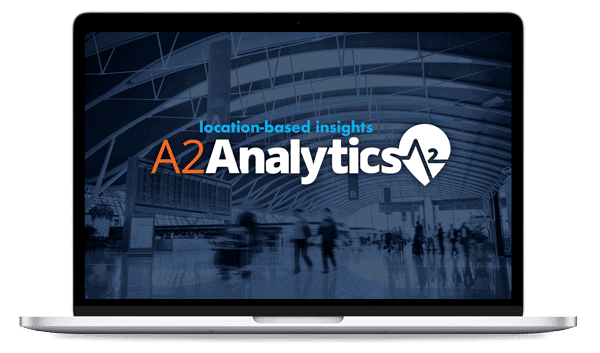Track the movements of customers, employees or equipment in real-time with A2 Analytics. Find out more about how this revolutionary technology can help you run a more efficient business using machine learning and location-based analytics today!
Services
Custom Technology Solutions
Our Work
Why clients love us
About Us
What sets us apart
Industries
Solutions for Your Business
Insights
Expert views on the industry
Ready to Talk?
Schedule a Consultation


